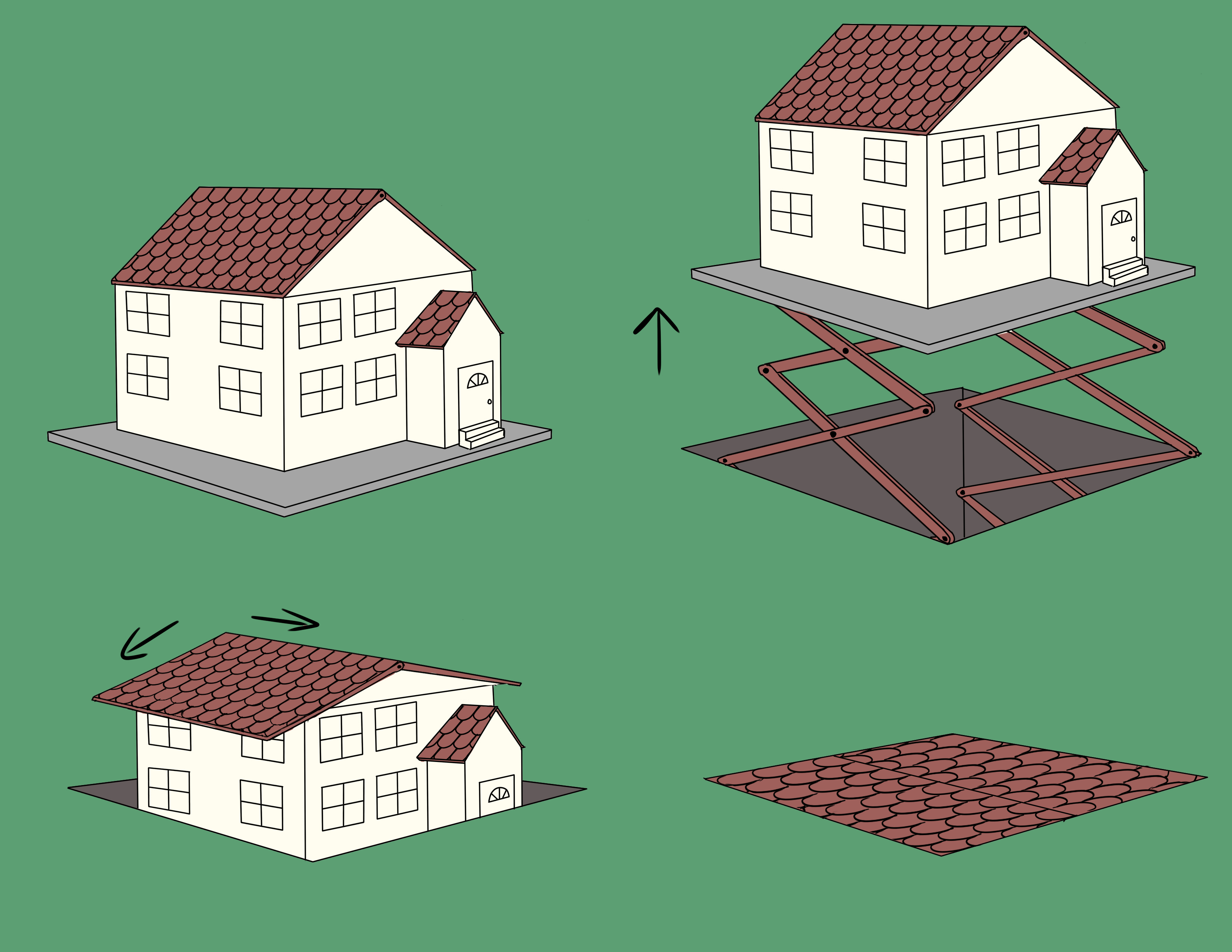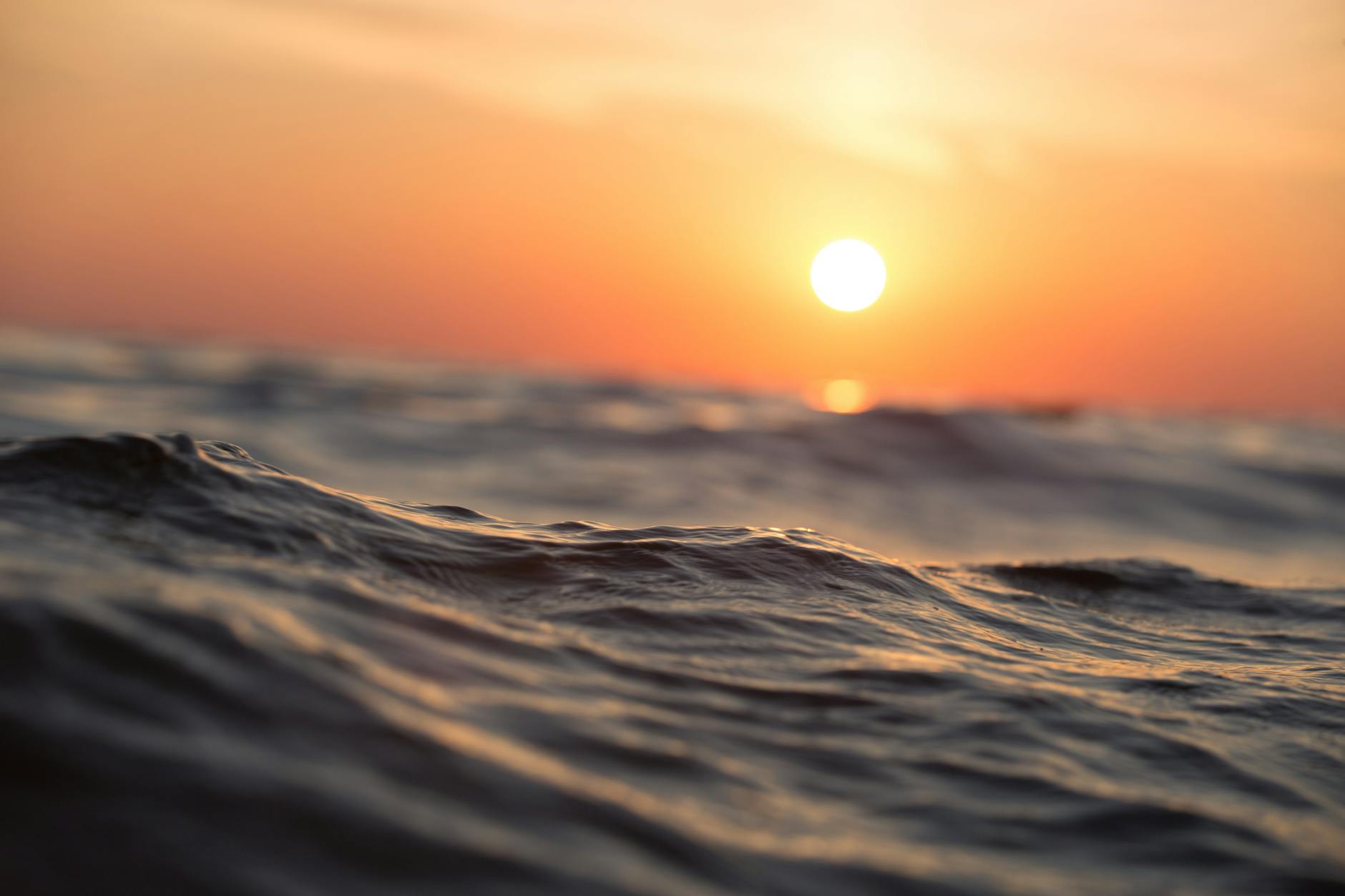Natural Disasters in the World
Natural disasters happen all over the world. Earthquakes crack streets, tsunamis flood cities, and tornados destroy everything in their path. Millions of people die every year, and the livelihood of the survivors are forever shaken. The suffering caused by natural disasters cannot be ignored.
This is Nature's Domain, and our goal is to help you and inspire you to help others.
Earthquakes
An Earthquake is the result of a sudden release of energy. Earthquakes are caused when
rocks of the earth's crust, is released in a sudden jolt. Rocks crack and slip causing
the ground to vibrate. Scientists use the different speeds of seismic waves to locate
the point on the surface directly above where the earthquake originated. You should drop
to your hands and knees. Cover your head and neck with your arms. Crawl only as far as
needed to reach cover from falling materials.
Information about Earthquakes
Tsunamis
A tsunami is a series of large waves generated by an abrupt movement on the ocean floor,
usually in the Pacific Ocean's “Ring of Fire”.The first wave of a tsunami is usually not
the strongest. First, protect yourself from an earthquake then get to high ground as far
inland as possible. Be alert to signs of a tsunami, such as a sudden rise or draining of
ocean waters and. Listen to emergency information and alerts also if you are in a boat,
go out to sea.
Information about Tsunamis
Hurricanes
Hurricanes are first formed in warm moisture atmosphere by swirling above tropical ocean
water, water "fuels" the hurricanes because it releases the "latent heat of condensation
warming the surrounding air. Hurricanes are first formed in warm moisture atmosphere by
swirling above tropical ocean water that can go higher than 74 miles per hour. Secure
your home and stay informed by monitoring the storm via radio, TV, and internet.Turn off
utilities if instructed by authorities to do so and propane tanks.
Information about Hurricanes
Tornadoes
A tornado is a rotating, funnel-shaped cloud that extends from a thunderstorm to the ground. The intense spinning of a tornado is partly the result of the updrafts and downdrafts in the thunderstorm interacting with the wind shear,resulting in a tilting of the wind shear to form an upright tornado vortex.
Destructive path of tornadoes can be in excess of one mile wide and 50 miles long.
Find an interior room, with lots of walls stay under a sturdy piece of furniture and protect your head. Move away from windows, and be sure to keep them closed.
Information about Tornadoes

